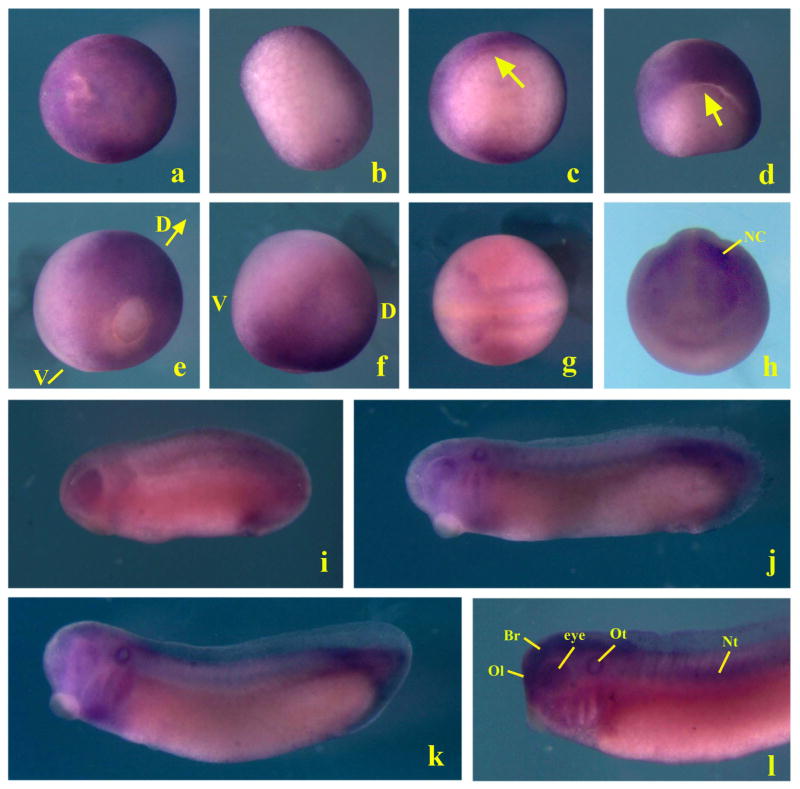Figure 1. Expression pattern of Smurf2 during early Xenopus development.
Whole mount in situ hybridization shows that Smurf2 transcripts are uniformly localized to the ectodermal and mesodermal regions in blastula (panels a and b, stage 9 embryos with animal and vegetal views, respectively) and early gastrula (c, stage 10 vegetal view with the arrow pointing to the blastopore lip) embryos. At mid- to late gastrula stages, its expression is enhanced in the dorsal region (panels d and e, stage 11 and 12 embryos, posterior view with dorsal side on top; and panel f, stage 12 embryo lateral view; D: dorsal; V, ventral). During neurulation, Smurf2 is seen in the neural plate and the migration neural crest cells (panels g and h, dorsal and anterior views respectively; NC, neural crest). At the tailbud to tadpole stages, Smurf2 transcripts are detected in the neural tissues, the olfactory and otic vesicles, eyes, migrating neural crest, notochord, and tail (panels i to l, lateral view with the head on the left side; Br: brain; Nt: notochord; Ol, Olfactory placode; Ot: otic vesicle).

